
Great Yellow Bumblebee Project
The Great Yellow Bumblebee project was a one-year (2021-2022) pilot agri-environmental project.The EIP sought to improve the abundance of native flowers on our Irish farmlands to benefit the endangered Great Yellow Bumblebee and other pollinators. The project continues today under the Life on Machair
Project’s Primary Focus
Príomhfhócas na dtionscadal
The primary focus is on farmland sites on the Belmullet western coast, with a particular focus on the Mullet peninsula and Erris coastal mainland.
This locally led project focuses on working with farmers’ who are willing to enhance flora-rich farmland habitats on their land, and provide vital food and nesting places for bees. It is hoped that this will allow populations of the bee to increase. Actions taken by farmers include delaying cutting of grasslands until late September, reducing stocking levels of animals, and /or promoting winter grazing and reducing pesticides and fertilisers on farms with the aim of increasing flora rich habitats and availability of flowers late in the season. Connecting suitable habitats in the landscape to allow movement and dispersal of the bees to new areas is also being investigated. You can keep up to date and read more about this is our project section.
The project team includes Life on Machair, farmers, local representatives of Belmullet Tidy Towns, Agri-advisors, an Ecologist, BirdWatch Ireland, Mayo County Council, NPWS, Teagasc and School ofAgriculture and Food Science, University College Dublin.
The Great Yellow Bumblebee
Bumbog Buí Mhór
The Great Yellow Bumblebee (Bombus distinguendus), is Ireland’s rarest bumblebee species and is currently classified as ‘Endangered’ on the Irish Red List, and ‘Vulnerable’ at a European level. The Mullet Peninsula and possibly coastal habitats of the Erris mainland, holds what is probably the only remaining healthy population of this species in Ireland.
The Great Yellow Bumblebee is a large species where the abdomen and thorax are entirely covered with sandy-yellow hairs, with the exception of a black band across the thorax between the wing bases.
Loss of flower-rich meadows and changes in agricultural practices has contributed to an 80% decline in distribution of this bumblebee in the last century. The Great Yellow bumblebee is now restricted to machair (exceptionally flower-rich coastal grasslands) and other flower-rich areas, particularly where traditional farming and low intensity agricultural practices are still maintained, such as the Mullet peninsula.
It is essential to continue to protect and expand these areas, to ensure that not only the Great Yellow bumblebee, but other insect species sharing the same range and habitat, such as the scarce Large carder bee (Bombus muscorum), do not disappear from Ireland.
How the project enhances flora-rich farmland habitats?
Conas a fheabhsóidh an tionscadal gnáthóga talamh feirme atá saibhir i bhflóra?
The project works with farmers who are willing to take part in several actions to help the Great Yellow Bumblebee. These include:
Reduced grazing of existing species rich grasslands to increase flower availability for foraging bees
There are a variety of ways this is achieved: a) grazing fields during winter months only, b) grazing fields for a 2/4 week period either early or late in the summer season, or c) reducing stocking levels.An individual farmer chooses the option best suited to their farm in consultation with ecologist.
Planned May, Jul, August 2022.
Creation or restoration of species rich grassland to increase flower availability for foraging and potential nesting habitat for bees
This measure aims to restore degraded or create new patches of species-rich grassland* (these need not be a whole field it could be patches or stripes).
Planned for May – Aug 2022
Managing off-field habitats for pollinators
Areas (such as road and lane verges) should remain uncut from spring until late September, and no herbicides should be used to spray these areas.
Uncut field margins after delayed mowing to increase flower resources and bee nesting sites
Uncut field margins after delayed mowing to increase flower resources and bee nesting sites
Leaving field margins at the edge of species-rich fields when the rest of the field is being cut or grazed. Payments to cover loss of grazing and would be made per 100m of action, with a minimum of 200m needed to be included in the EIP.
Planned for Jun – Aug 2022
Delayed mowing into September
Leaving field margins at the edge of species-rich fields when the rest of the field is being cut or grazed. Payments to cover loss of grazing and would be made per 100m of action, with a minimum of 200m needed to be included in the EIP.
Planned for Jun – Aug 2022

Photo courtesy of Dave Suddaby

Photo courtesy of Dave Suddaby

Great Yellow Bumblebee on apple blossoms in spring time. Photo courtesy of Dave Suddaby
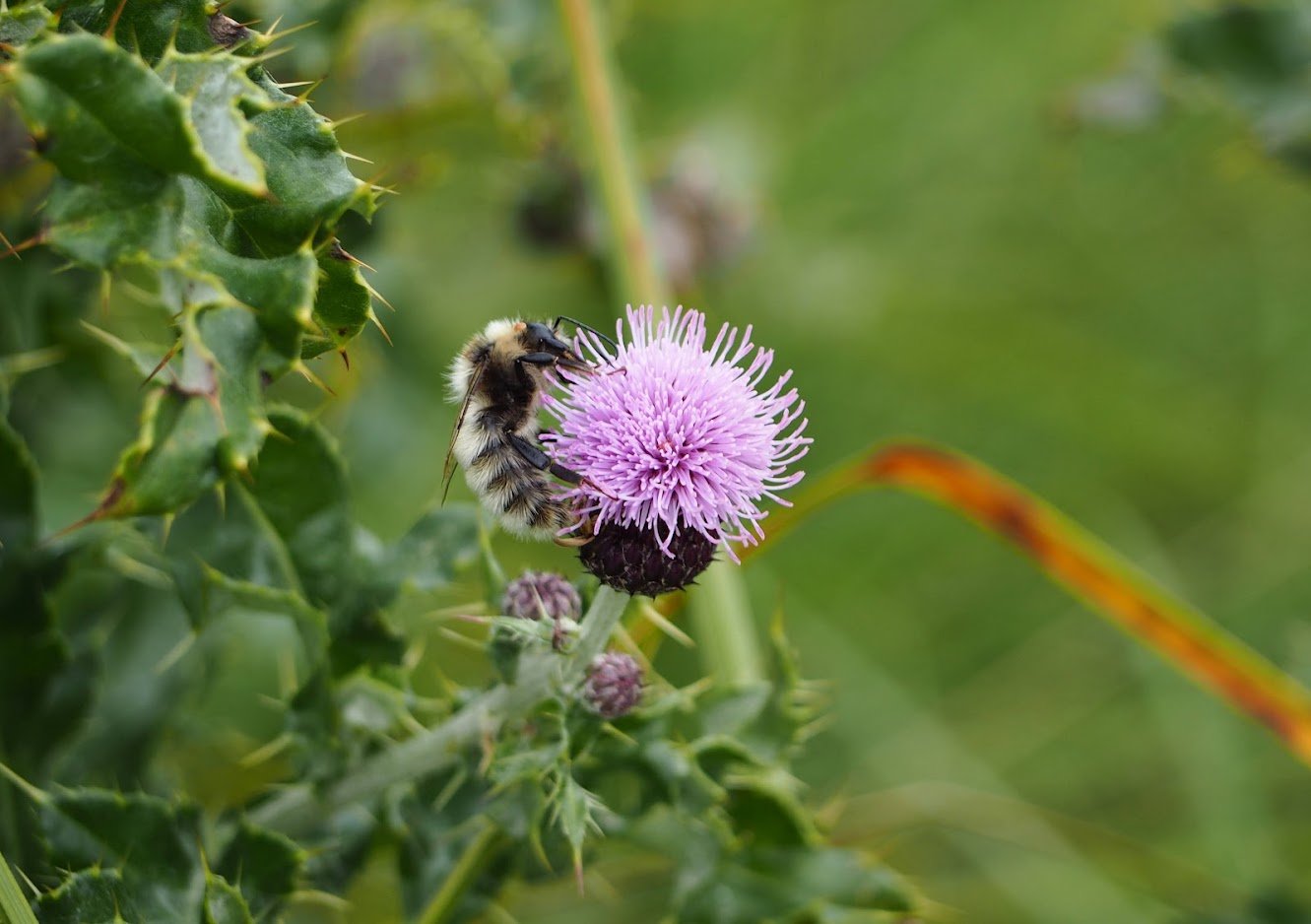
Faded GYB. Photo courtesy of Karina Dingerkus.
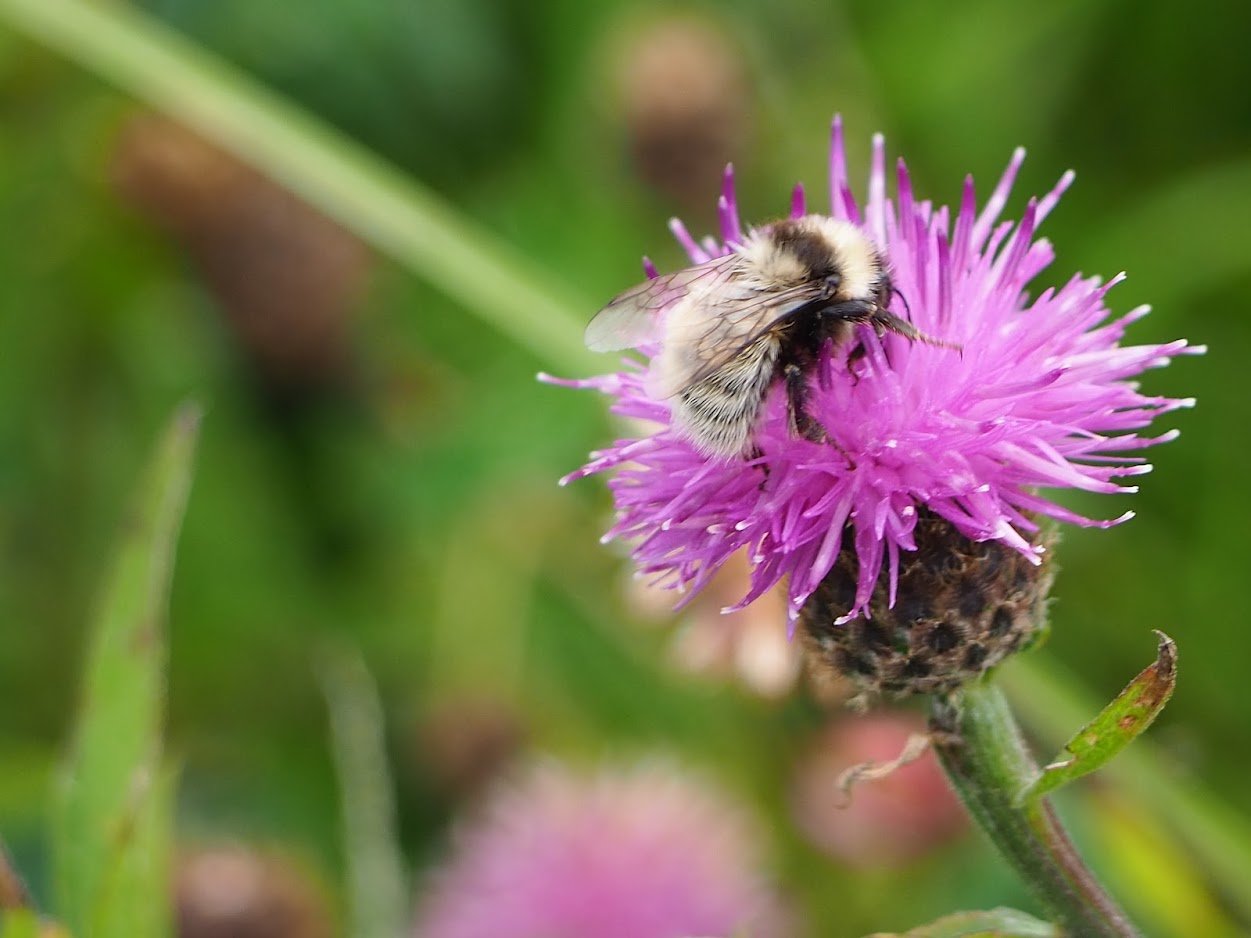
Faded GYB. Photo courtesy of Karina Dingerkus.
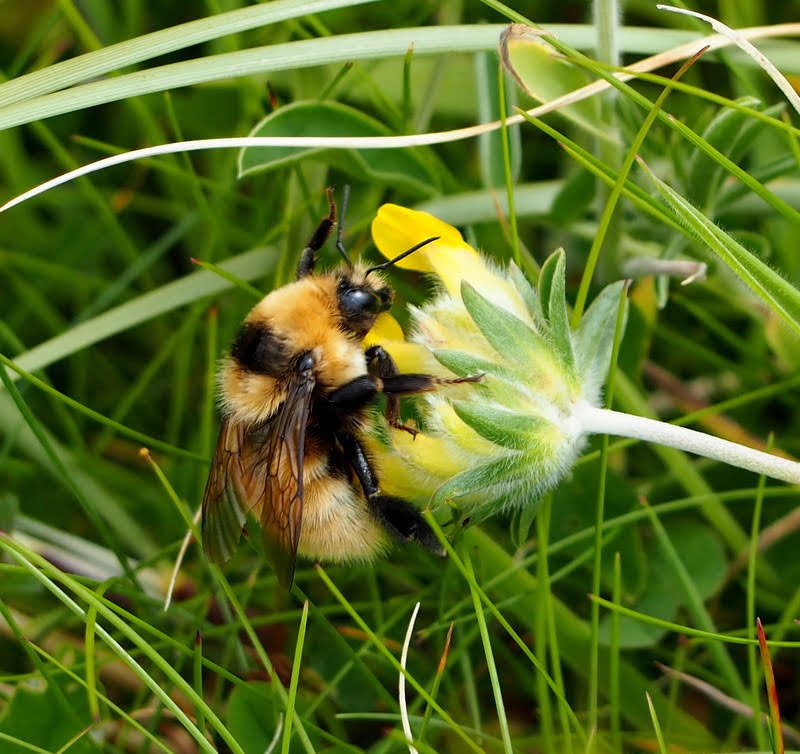
GYB on Kidney Vetch. Photo courtesy of Karina Dingerkus.
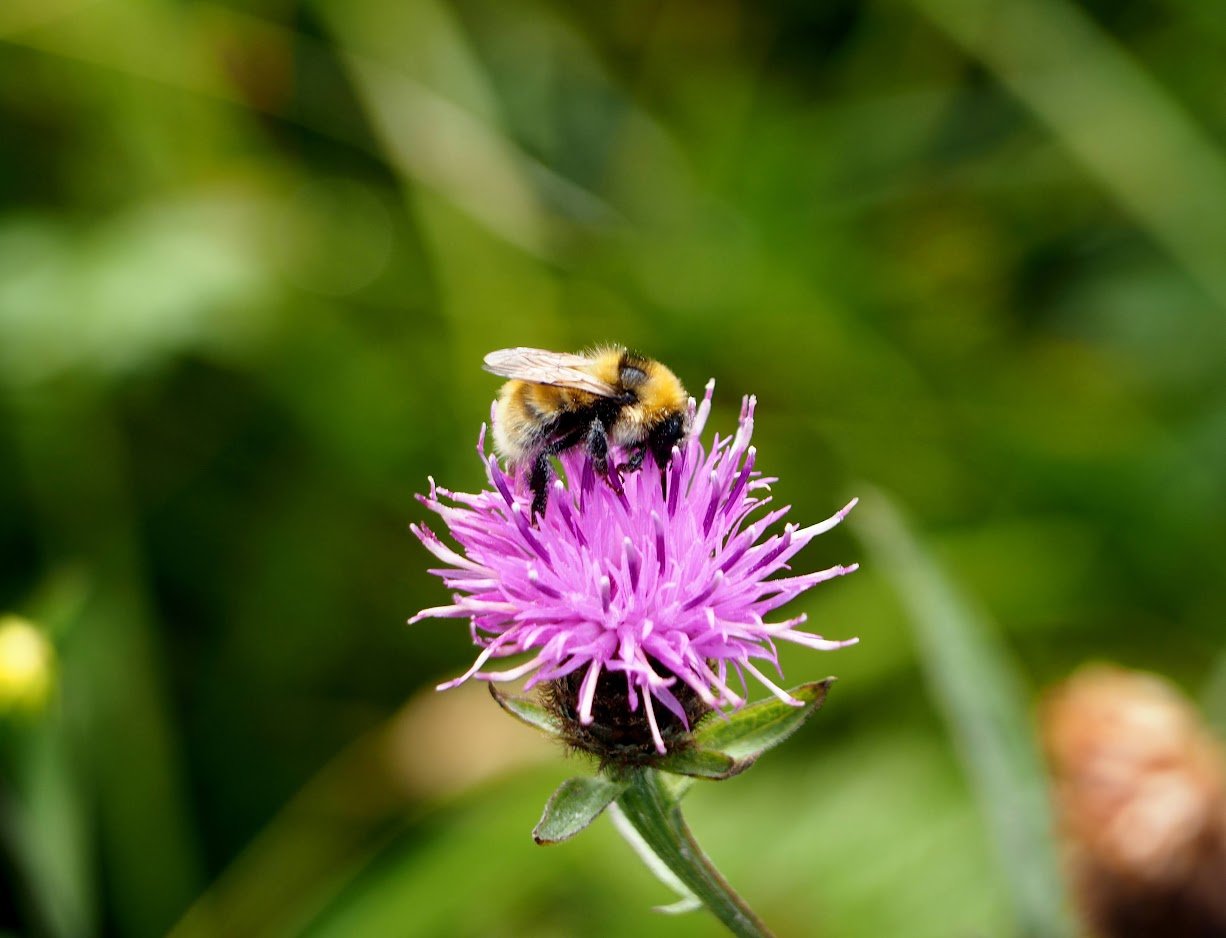
GYB on Knapweed. Photo courtesy of Karina Dingerkus.
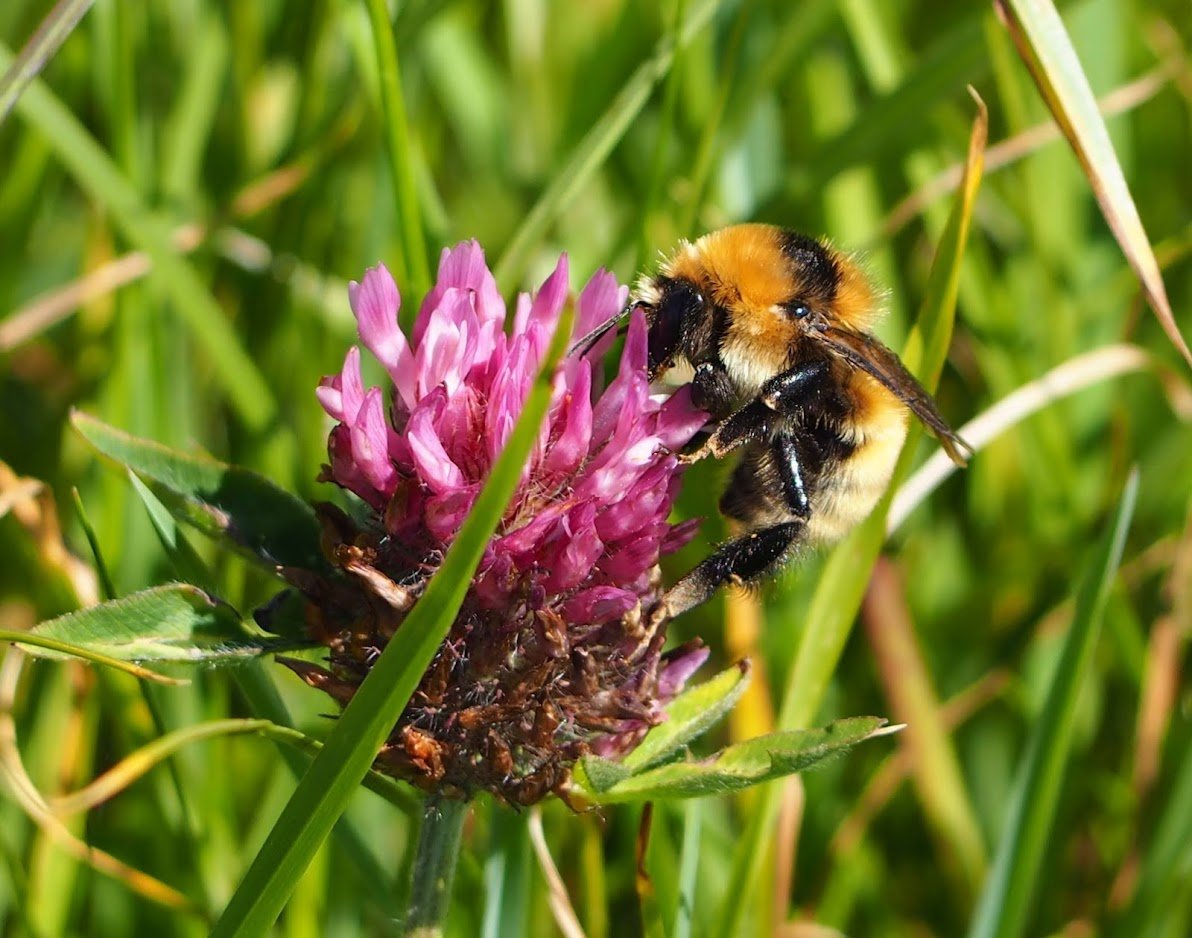
GYB on Red Clover. Photo courtesy of Karina Dingerkus.
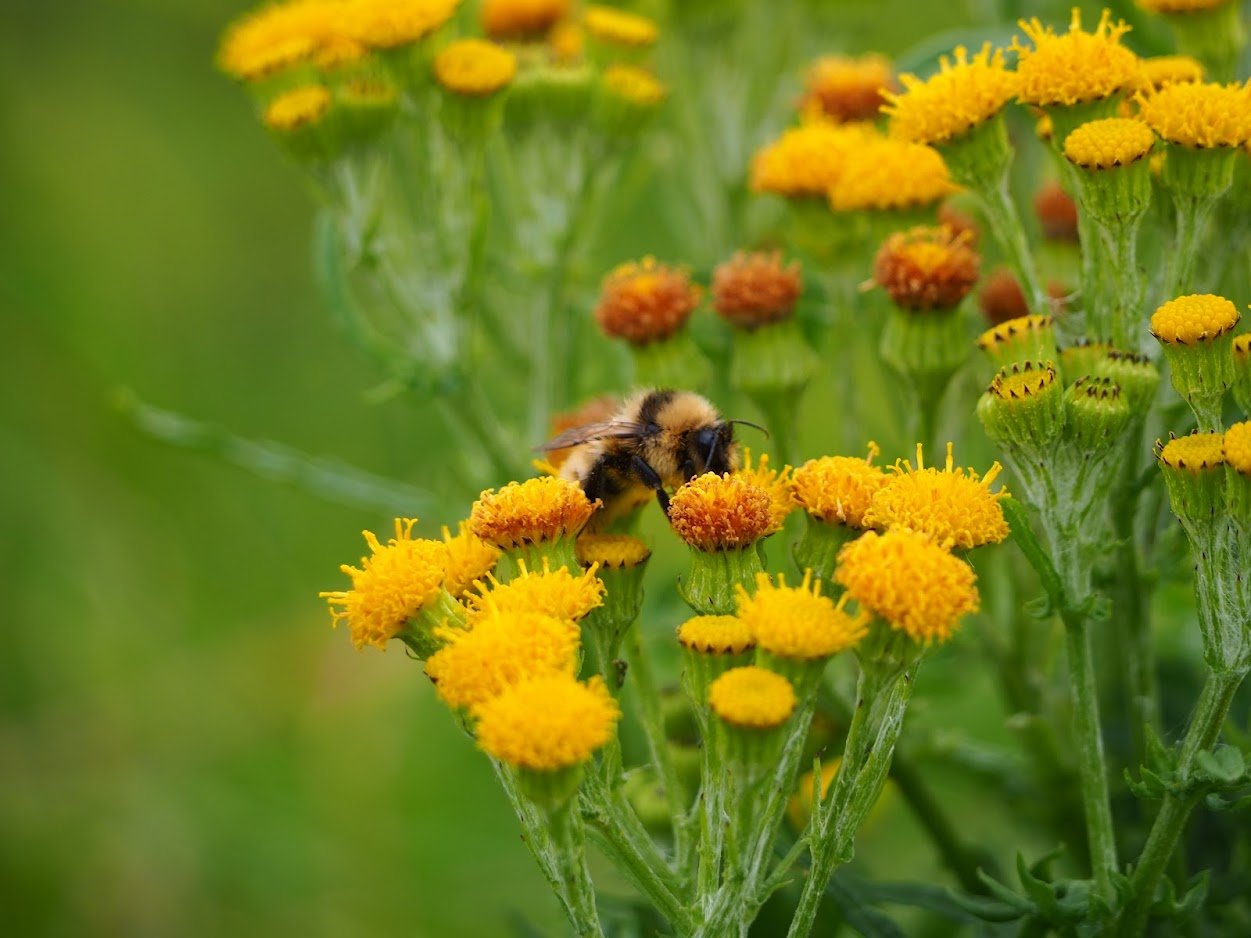
GYB on Ragwort (Coastal subspecies). Photo courtesy of Karina Dingerkus.
Final Report 2023
Tuarascáil deiridh 2023
If you would like to read the final report about the Great Yellow Bumblebee Project EIP - please see link here.
Log your sightings
Logáil do chonaic
If you see a Great Yellow Bumblebee you can log a record of your sighting by taking a clear photo of it and logging your sighting on the National Biodiversity Data Centre - Citizen Science Portal and click the Bumblebees section to enter your sighting.
They also have a Biodiversity capture app which can be downloaded from their website so you can log sightings while out and about.

















